As a yoga teacher, I have witnessed the first steps of many students—from those who never returned for a second class to those who became dedicated practitioners. And, if one thing is certain, it’s that every newcomer steps onto the mat unsure of what to expect.
Some believe that yoga will relax them with a few light stretches; some come wanting to hear the magic words that will help them do a headstand by the end of the class; others expect to become enlightened in their relationships with themselves…
Everyone comes with different expectations, which is probably why I have seen that wide-eyed look on many occasions. From the shy peak through one eye in guided meditations to the occasional wardrobe mishap that carries a shared chuckle across the room, here are my favorite unexpected things that may genuinely surprise you at your first yoga class.
Physical and Mental Challenges
While there are many different yoga styles, the practice will most likely challenge you both physically and mentally—in a good way (I hope!).
Still, everyone can do yoga! It’s just that depending on your fitness level, chosen yoga style, and familiarity with meditative and mindfulness practices, you might be surprised at different elements of the physical aspect of yoga.
The following things are what yoga offers that usually catch first-time students off-guard.
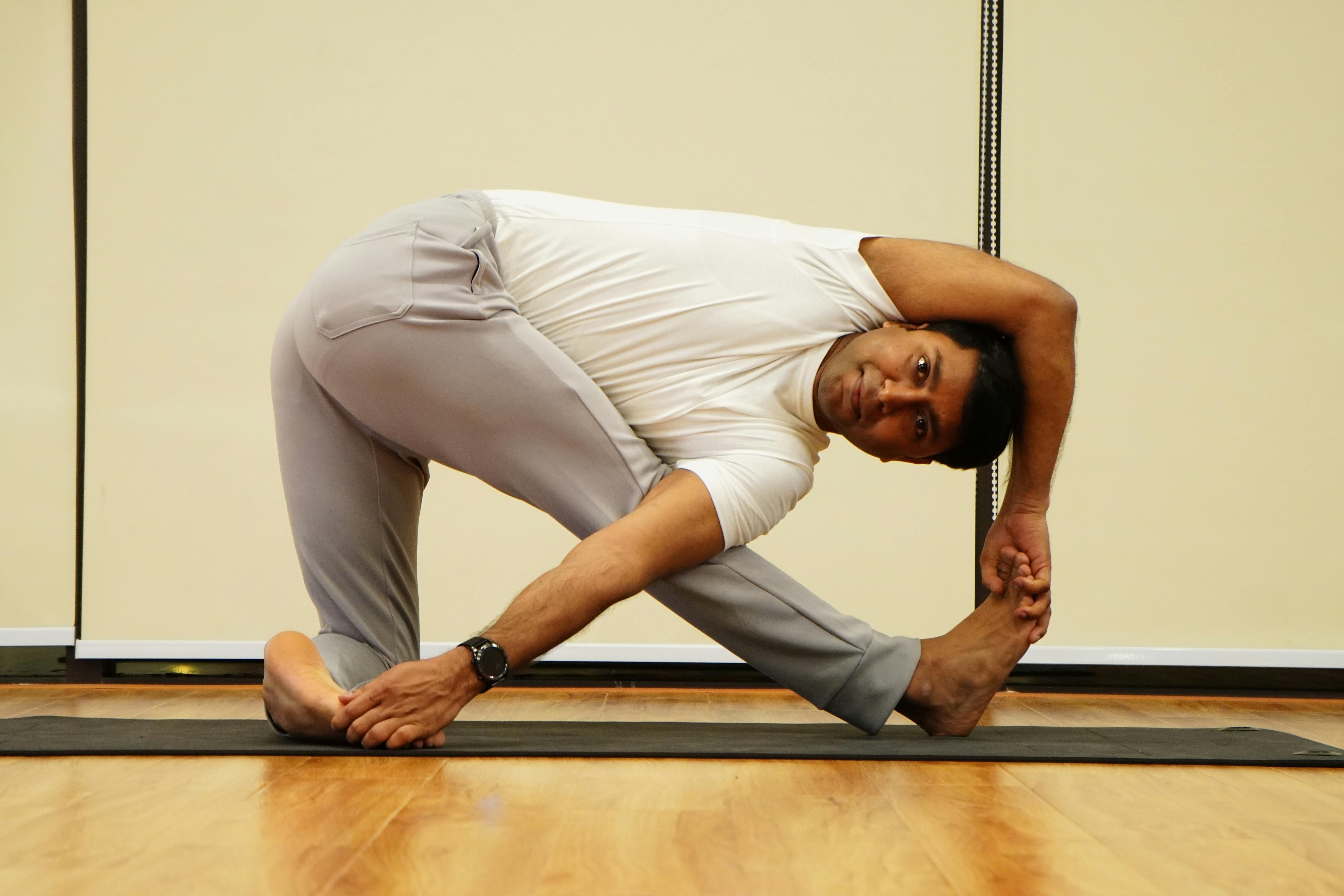
The Physical Intensity
More often than not, newcomers stroll in, confident that practicing yoga will be a walk in the park. Little do they know, they’re in for a surprise if they’ve walked into an Ashtanga class!
Certain styles of yoga will help you build strength, improve flexibility, and yes, sometimes feel muscles you didn't know existed. Even if you’re not doing advanced poses, just trying to touch your toes or find balance while standing on one leg can make you sweat more than you think.
Ever heard of the many variations of warrior pose? It may look super easy, but you’ll soon realize that you need warrior strength to hold it for five breaths!
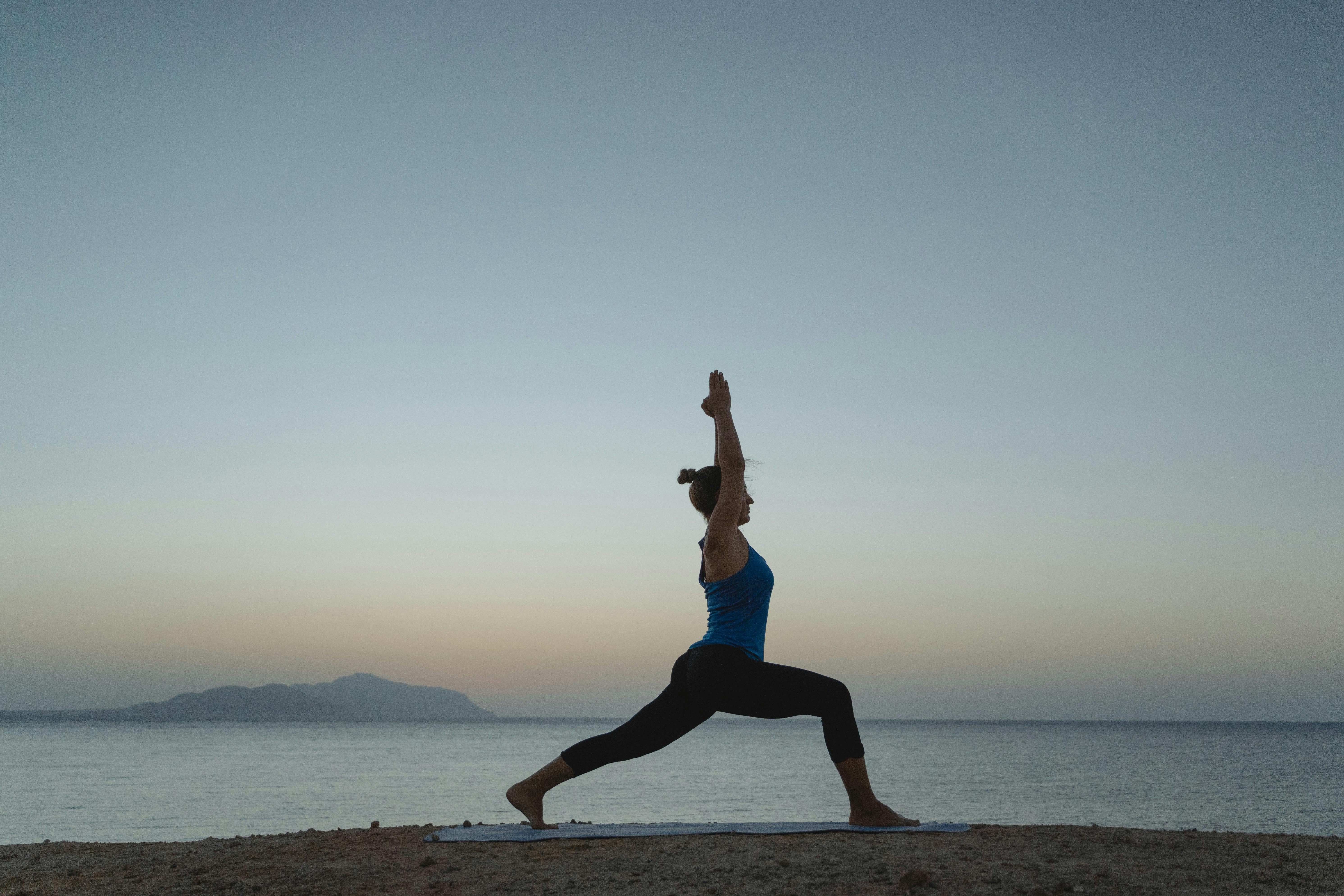
So, when you find yourself shaking in a pose that you thought looked easy, just remember: it’s completely normal and every warrior started somewhere.
The Mental Discipline
Some come prepared to bend like a pretzel but are taken aback by the mental discipline required to perform some asanas: synchronizing breath with movements, sitting through meditation, remaining still during savasana, and simply being 100% present.
Learning how to shut out the world around us is difficult—especially in the beginning. Focus and concentration are absolutely essential, as you’ll need to let go of intrusive thoughts, be present, and often, battle the inner chatter that tells you it's too hard or you're not good enough.
Yoga teaches you to quiet those voices, to focus on your breath, and to find a sense of calm amidst the challenges. It’s a very useful skill to have off the mat as well, and one which many people don’t realize yoga can offer.
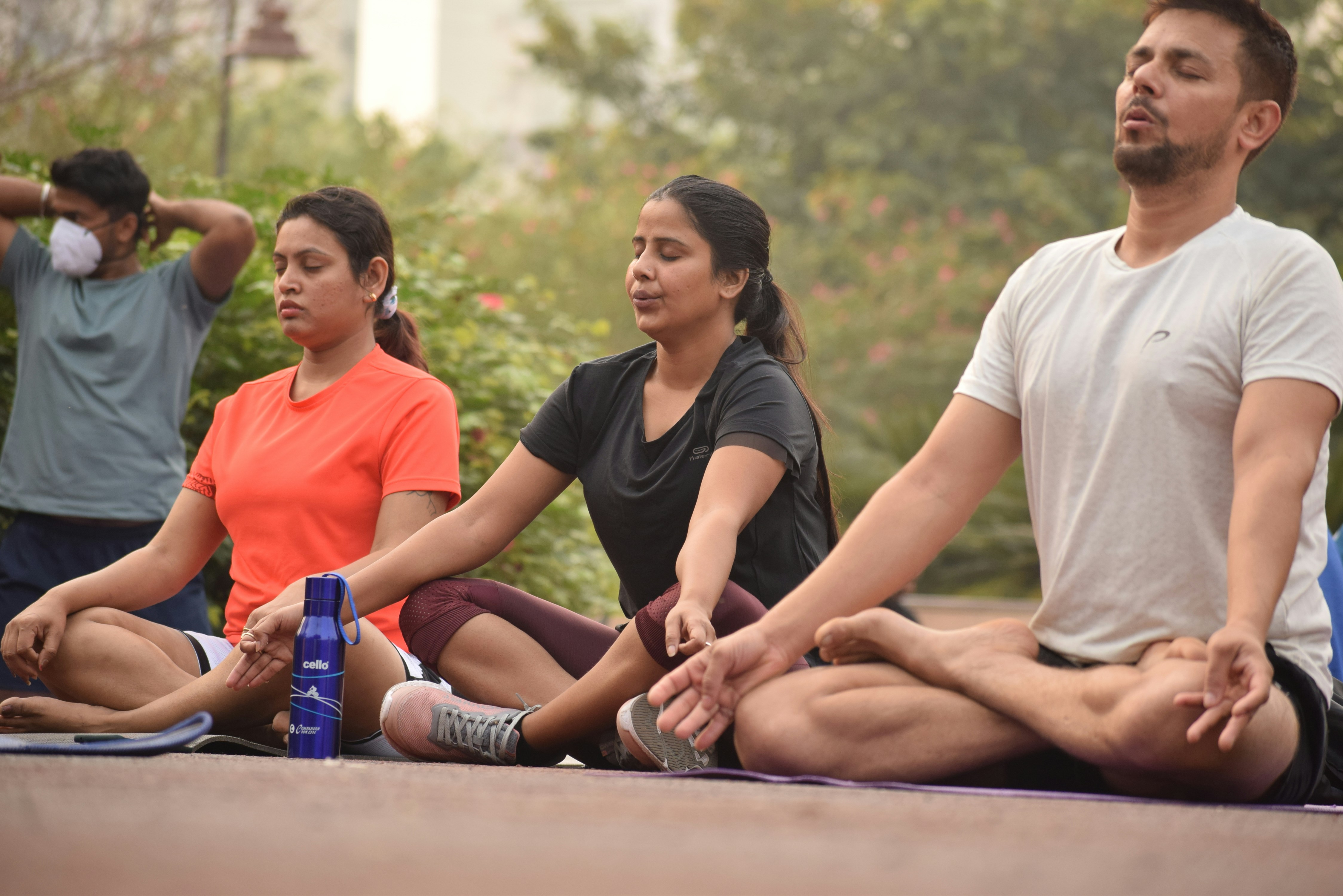
The Importance of Breathwork
And then there’s breathwork, or as we call it in yoga, pranayama. Many first-timers are surprised to learn how central breathing is to all yoga practices. Breath is what gives rhythm to movement—it’s not just an annoying counting technique.
Pranayama will teach you how to use your breath to move deeper into poses, to stay calm, and to energize or relax your body. When you finally manage to sync your movement with your breath (it will take time!), you will feel the full potential of your energy and the strength of your body. You'll start to flow, feeling each posture more deeply, and maybe find yourself in a somewhat meditative state even as you move.
And in that state, you may get energetic, emotional, or experience trauma release. This sometimes happens during breathwork. It may catch you off-guard and leave you feeling vulnerable—so be prepared. Remember, though: being vulnerable is OK. Even these emotionally-charged or emotionally draining experiences will likely have a positive impact on the big picture that is your life.
Therefore, expect to have your perspective changed on how you breathe and how to utilize your breathing as a tool that supports your well-being.
The Focus on Self-Awareness
Lastly, let's talk about the journey inward—another aspect that a lot of newcomers don’t expect when they start practicing yoga.
Yoga will teach you to be aware of your body, your thoughts, and your emotions. This inclination toward self-awareness can come unexpectedly. You'll learn to notice tension and more subtle emotional states within yourself, how your body reacts to various poses, and how your mind can affect your practice—and your mood off the mat.
Therefore, I can describe yoga as a process of self-discovery, where you learn to be kind and patient with yourself, celebrating small victories on the mat that are reflected in your life off the mat, as well. For instance, I still vividly remember how effortlessly I kept my spine straight while sitting on the bus on the way home, and oh, how proud I was of myself for that.
The Way Yoga Makes Us Feel
Beyond the physical postures and breathing techniques, lies an eclectic bundle of surprises that can deeply enrich your practice and your life. Some of these elements are unexpected, yet they’re very often the result of a good yoga session.
The Emotional Release
One of the most profound yet unexpected aspects of yoga is the emotional release it can facilitate. It's not uncommon for students, especially beginners, to find themselves overwhelmed with emotion during or after a practice.
For some, yoga provides a safe space to let go of pent-up feelings, leading to tears following a deep hip opener or a sense of euphoria in savasana. This release is a cathartic part of healing and growth, allowing you to let go of what no longer serves you, making room for new, positive things to enter your life.
Remember: it's perfectly okay to be moved to tears or laughter; it's all part of the practice.
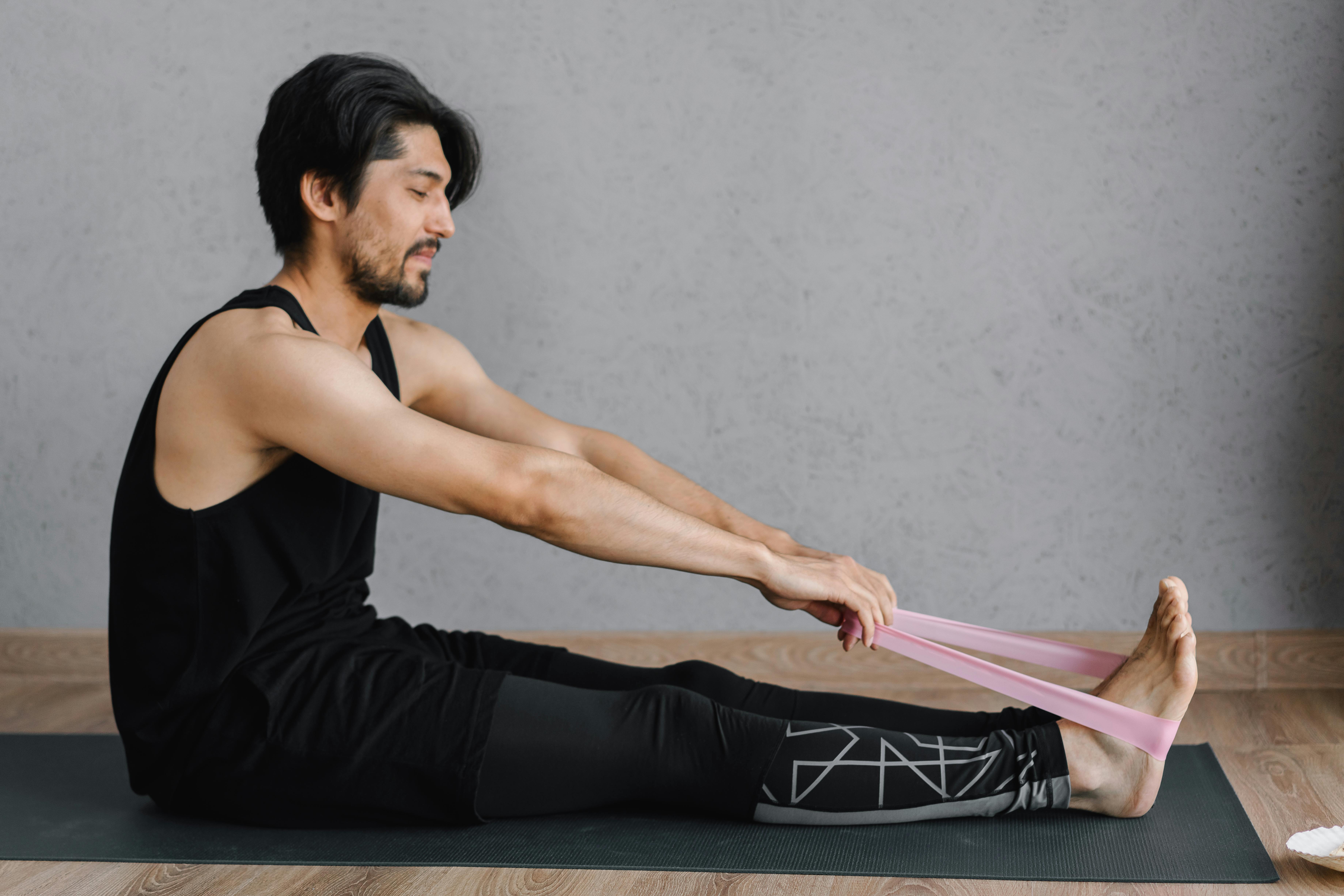
The Sense of Community
Another thing you may not expect or directly associate with yoga is the sense of belonging and acceptance that the yoga community may offer. Yet, the yoga studio or online practice community often becomes a place for connection, where individuals from all walks of life come together with a shared intention.
The energy of practicing in a group, the shared smiles, and the collective breathing all contribute to a feeling of belonging. This can be a powerful support system, especially on days when motivation is low or daily stress begins to catch up with you.
A lot of students have told me that they came for a workout or a stress-relief, but found a place where they feel supported and understood.
The Therapeutic Element
Finally, a yoga class can oftentimes feel like a much-needed therapy session, which is not the first thing people think of when they decide to give yoga a try.
Yet, through a combination of asanas, breathwork, and meditation, yoga offers a holistic approach to wellness that can alleviate stress, anxiety, and even chronic pain. It also teaches mindfulness, encouraging practitioners to live in the present moment, which in itself can be a powerful therapy.
Gentler and more slow-paced yoga classes can be a real eye-opener for people suffering from anxiety and panic disorders. And, while one class can’t make a real difference, it can surely open the door to a new opportunity in anxiety management.
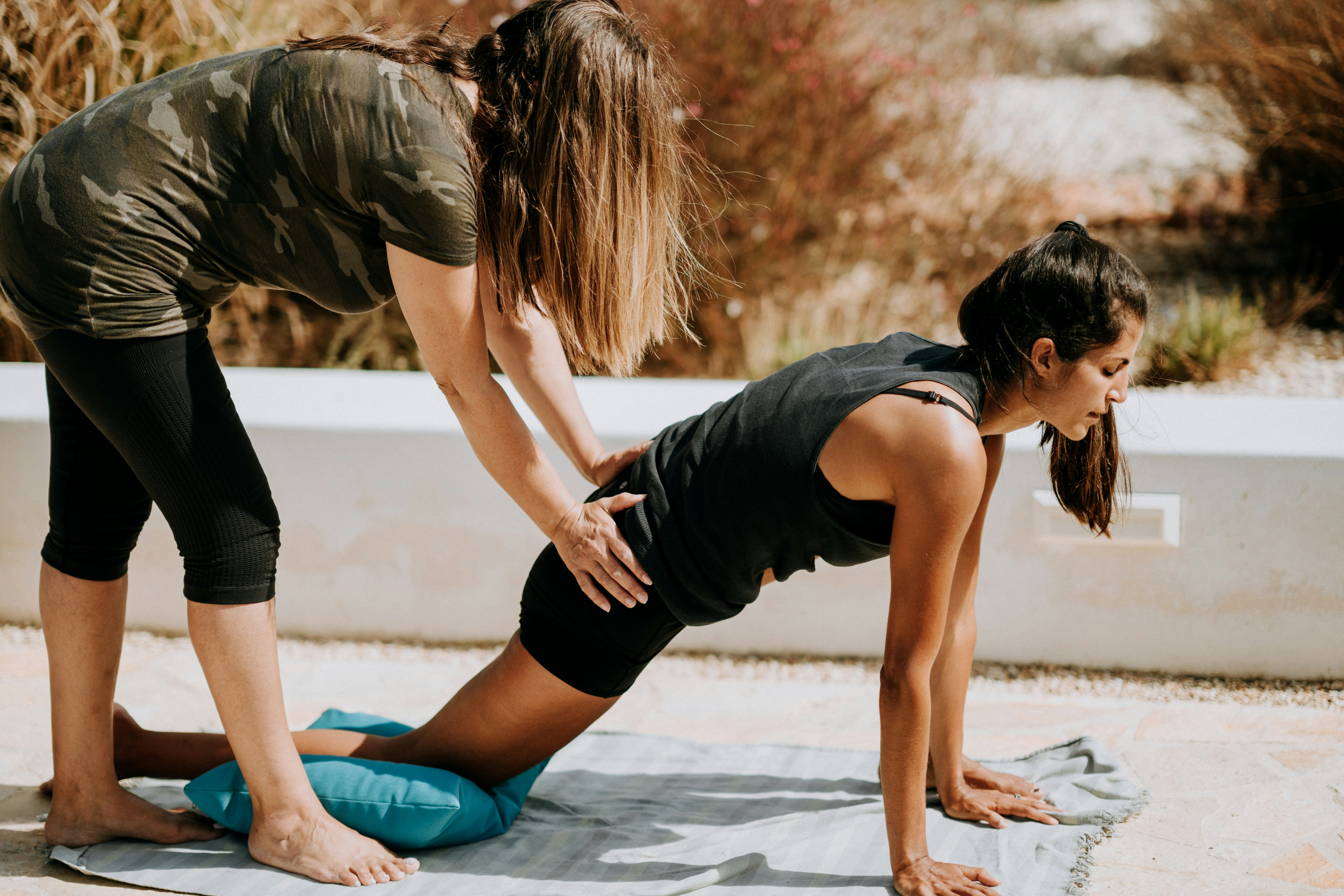
Yoga is not our Missing Magic Pill
Yoga does many things for our mind and body. One thing it doesn’t do is solve all our problems. It’s not uncommon to see people come to class expecting yoga to be their instant, fix-all pill. There are a lot of recommendations out there in the health world about doing yoga for this or for that—both physical and mental ailments—yet after a few classes, I see people disappointed because their lives didn’t immediately change in any meaningful way.
Don’t expect yoga to make you stress-free, pain-free, and able to bend into a pretzel after one class. Good things come to those who do the work, consistently over time. Additionally, consider yoga as a complementary aid to other kinds of healthcare. Yoga alone may not be able to help you receive all the benefits you expect from the practice.
A Unique Environment
Moving on from the heavy topics, such as emotional release and anxiety, let’s discuss some light-hearted things that may surprise you at your first yoga class.
The Yoga Lingo
Ever heard someone casually drop terms like chaturanga or ujjayi and wondered if they were discussing yoga or a new type of exotic dish?
Yes, the yoga lingo is very interesting, but often intimidating at first. It can seem like a foreign language—technically Sanskrit is a foreign language—with unfamiliar names for poses (asanas), breathing techniques (pranayama), and strange concepts like mantras and chakras.
Don't worry if you don’t understand everything right away. At your first yoga class, you should have fun without the pressure to do everything right or perfectly. It’s totally normal to look around and see what pose people are doing! And, ask a lot of questions! If you don’t understand a word or are unsure what you need to do, ask the teacher. No one will judge you.
Plus, teachers may often substitute the English (or your country’s language) word for the asana that has some associations with how the pose looks, like how bhujangasana is called cobra pose.
The Fashion Faux Pas
In recent years, a certain style has become highly associated with yoga. I mean, you can now go to any sports apparel store and see whole sections on yoga—pants, bras, leggings, socks, tops...
So, it’s not uncommon for beginners to feel anxious about what to wear to their first yoga class. One of the most common questions I got from people when they first signed up for a class was: “What should I wear?”
I think that most people don’t expect to see dedicated practitioners in regular sweatpants, old college t-shirts, and maybe even mismatched socks. Yet, you probably will see people in anything from matching sports sets to the "I thought this was pajama day" combo.
The biggest surprise? There’s no right or wrong here. Yoga is all about personal comfort and expression. Just remember, what works for a coffee run might not hold up in a headstand. Mishaps can happen and are something to expect. So, embrace the faux pas as part of finding your yoga style.
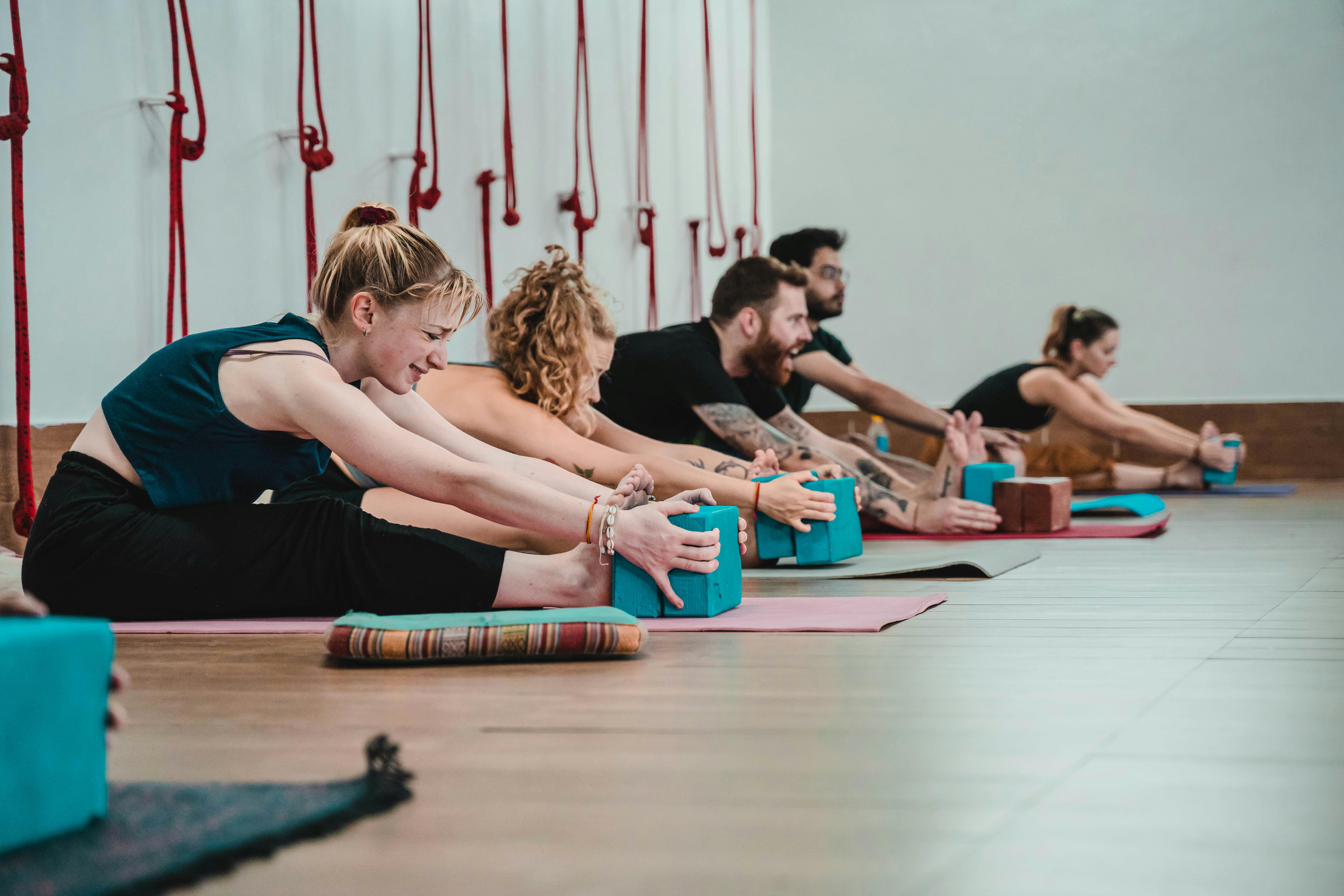
The Many Props
Expect to see blocks, straps, bolsters, wheels, blankets, and numerous other props that can help customize your practice. Walking into a yoga studio can sometimes feel like entering a gymnast's training camp! Not always, as some yoga styles do not use yoga props, but in many contemporary yoga studios, the use of props, sometimes even chairs and wall ropes (such as those for pelvic swings), is not uncommon.
Each of these props has its use, and some are especially beneficial for beginners. For instance, a block can help bring the ground closer, a strap can extend your arms, and a bolster can support your body in restorative poses.
Learning to use a prop for the first time can be both entertaining and enlightening. Props can make yoga more accessible to people who are intimidated by the asanas. So, don’t shy away from using them. In fact, feel free to ask the yoga teacher for a block or a strap if you feel like you need a little help getting into the pose.
The Incense and Aromatherapy
You may expect properly ventilated rooms and air fresheners, but what you’ll also often smell in yoga studios is the scent of incense.
Incense, essential oils, or scented candles are sometimes used by yoga teachers as a way to set the mood and energy of the space. Teachers rely on the power of the soothing aroma to calm your mind and relax your body, transporting you mentally off the street and onto the mat. While this is a common practice, many studios are completely scent-free environments.
Just a heads up: if you’re sensitive to scents, it’s perfectly okay to ask about the use of incense before booking your first yoga class.
The Music
While some yoga studios practice in silence, many play music. And, today’s yoga playlists can range from traditional Indian kirtan to, believe it or not, hip-hop.
The music chosen by the instructor often reflects the pace and mood of the class. It might surprise you how a well-timed song can inspire you to hold a pose a little longer or deepen your meditation.
Of course, for some, especially first-timers, the music may be a distraction or make it hard to hear the teacher’s instructions. Conversely, beginners might enjoy music during class as silence might feel a bit overwhelming or challenging. Therefore, this is one more thing you may want to ask about when booking your first yoga class.
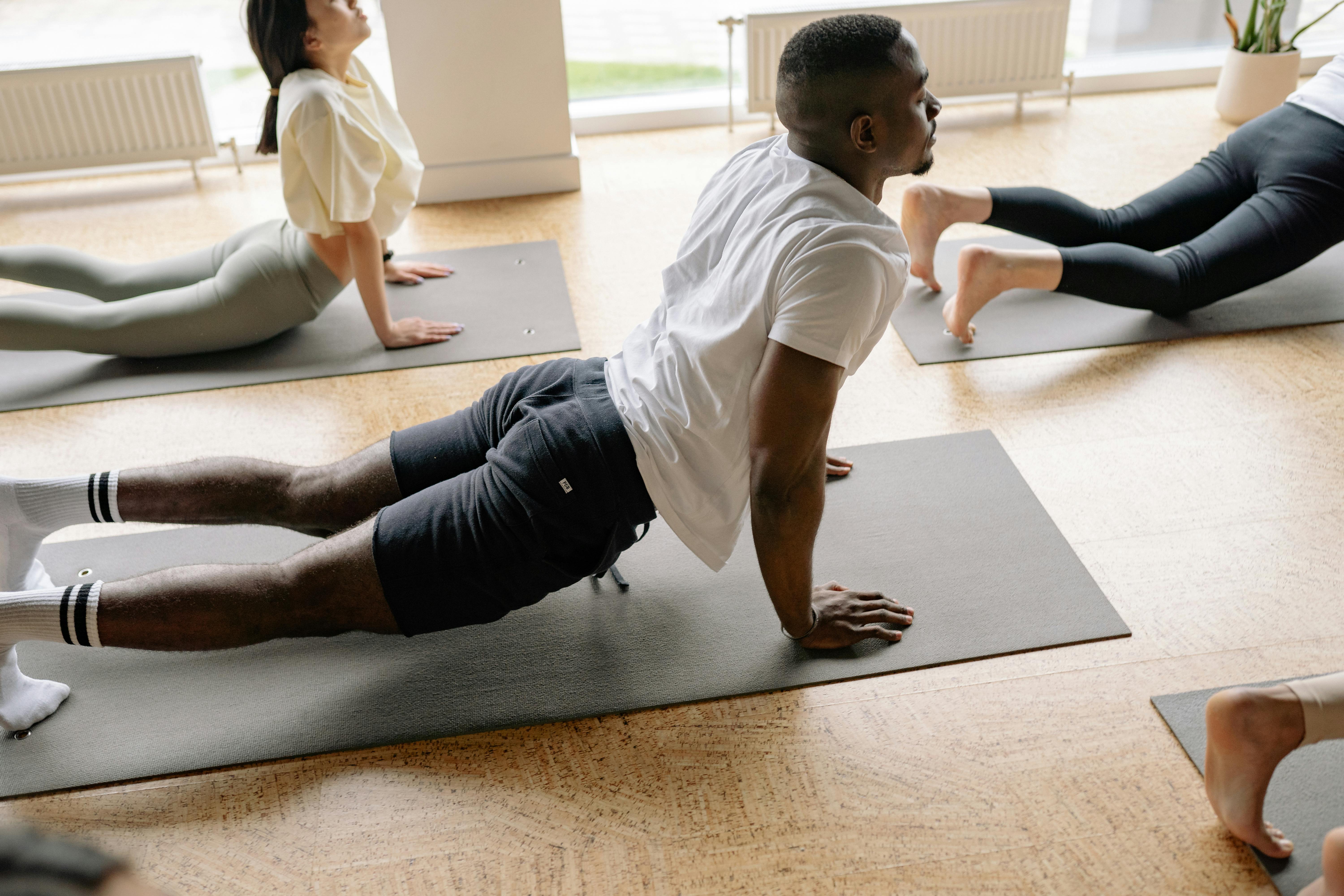
Tight Personal Space
Now, let's talk about something a bit more intimate: tight personal space. Yoga studios come in all shapes and sizes, and in more popular classes, you might find yourself closer to your neighbors than expected.
It’s not uncommon to stretch out and accidentally graze someone else's hand or foot. While it might all feel a bit awkward at first, it's all part of the communal vibe of a yoga class. But, if you’re not the type of person who can get used to this environment, online yoga classes are the perfect alternative.
Physical Contact
An important thing I must mention is the adjustments. Yoga teachers often walk around the class to offer gentle corrections to your poses, ensuring you're getting the most out of your practice while staying safe. It’s proper etiquette for teachers to explain their policy on physical adjustments at the start of the class, giving you the chance to opt-out if being touched isn't your thing. In any case, many teachers today prefer relying on verbal cues to correct posture.
Keep an Open Mind and Embrace the Unexpected!
I went through many possible scenarios of what you should prepare to encounter at your first yoga class. But imagine going to your first class and not experiencing any of them. Can that really happen? Absolutely.
As a journey, yoga is unique to each student and each teacher, and the personal experiences of each one of us contribute to its essence.
If I had to choose one key takeaway, it would be to keep an open mind and to prepare to laugh at yourself. The things you didn’t expect can turn into opportunities for learning and growth.
And, we’d love to hear about your experience, so let us know about the unexpected things that happened at your first yoga class in the comments below!



Comments
Existing Comments